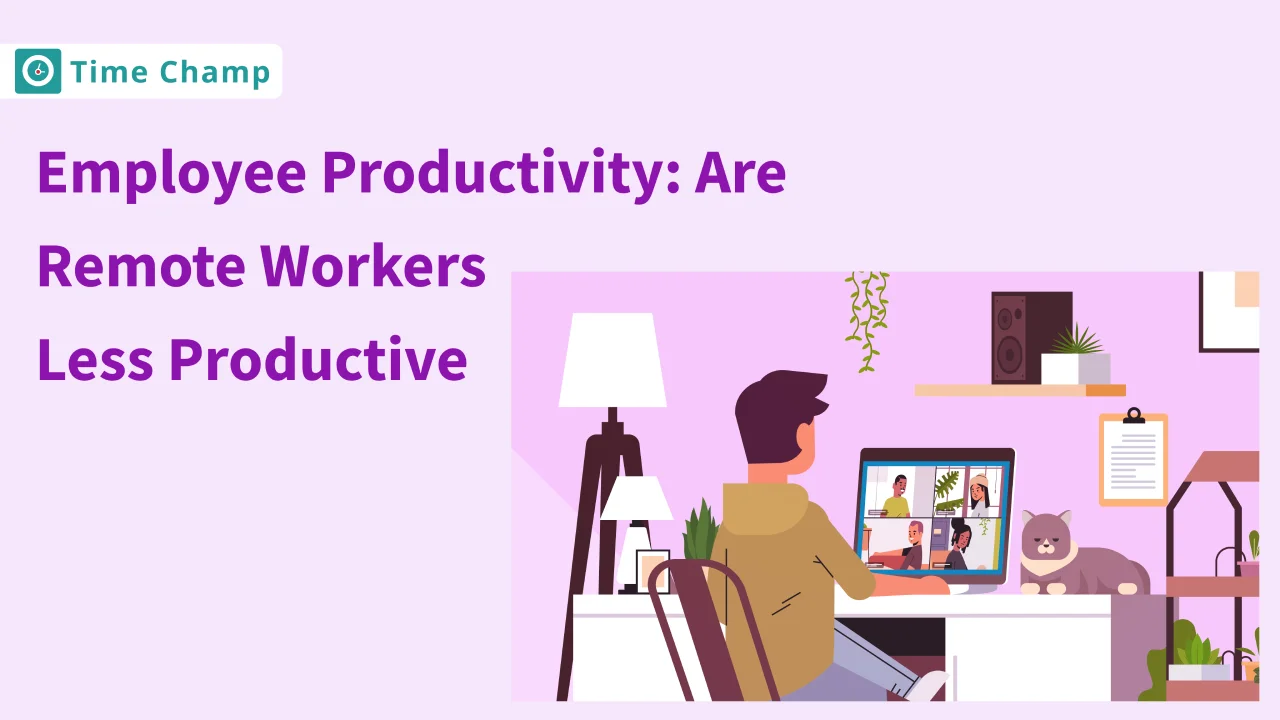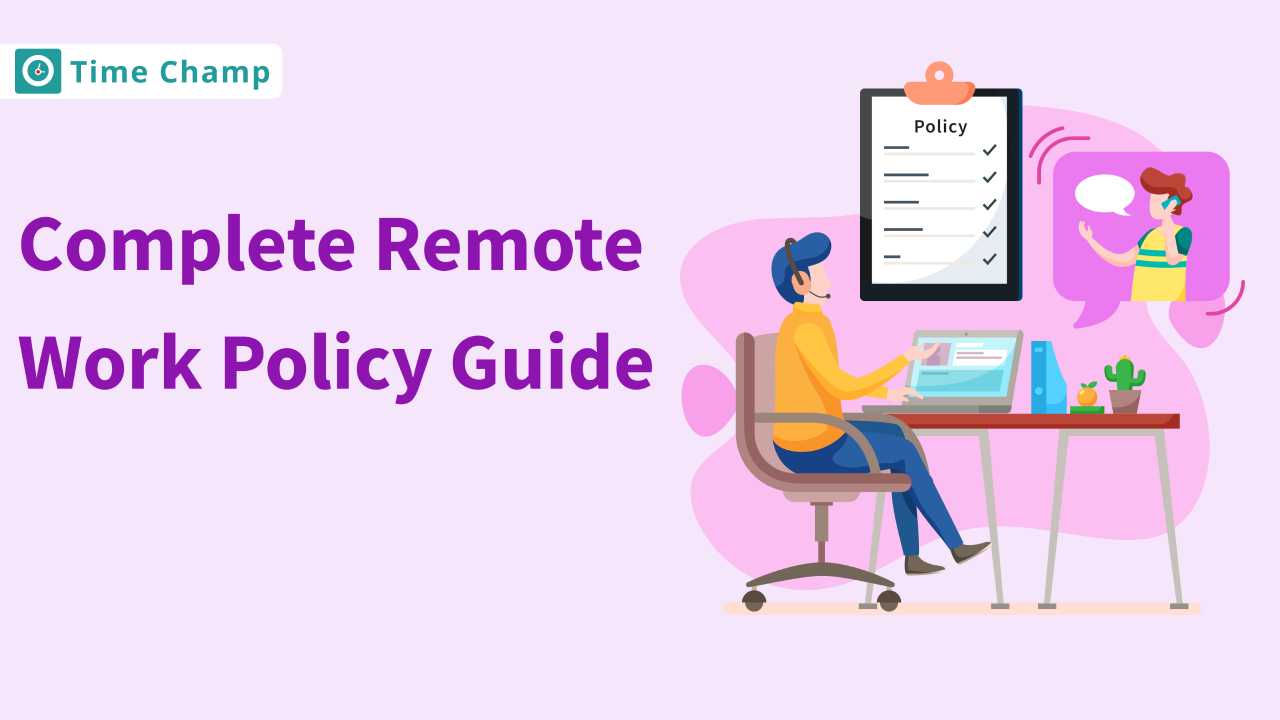An increasing number of employers have recently permitted their employees to work remotely. From an employer’s perspective, this work arrangement promotes employees’ freedom and work-life balance. However, there is also concern that remote workers may be less effective than their in-office peers.
In this blog, we will explore the potential reasons why this may be the case and offer tips on improving remote workers’ productivity. The novel coronavirus has accelerated a trend toward remote work that was already years in the making. After the epidemic, many workers returned to their desks, off-site, at home, or somewhere else 1 to 2 months earlier than usual.
Concerning PwC’s forecasts, 72 rueful staffers have strived to continue their productivity even though the general public’s risk of diseases is diminishing. Lower productivity is expected of remote employees compared to their office-based colleagues.
According to a recent CareerBuilder report, nearly half of companies offering work-from-home opportunities have seen a consistent drop in performance since launching these programs.
The concern for quality, productive work, or employee productivity (you are not paying your employees to scroll through social media all day) is a high priority.
On the other hand, many organizations would be pleased to know that, with the right strategies in place, they can monitor employee productivity and provide their employees with insight into balancing work and life.
What is Employee Productivity?
Employee productivity is essential for any business to succeed. Companies can ensure that their employees work to their fullest potential by taking simple steps to improve productivity.
There are several ways to improve employee productivity. However, some of the most effective include ensuring employees have the resources they need to do their job, setting clear expectations, and providing feedback. Businesses can create an environment conducive to employee productivity by taking these steps. Remote workers can also improve their productivity by establishing a routine and setting aside dedicated work time.
What are the Advantages for the Employer?
The global pandemic has forced many companies to reevaluate their workplace policies. Working remotely is one method. While a few businesses were unwilling to permit staff to work from home, they have discovered several benefits.
Allowing an employee to work from home decreases the amount of money spent on “housing” an employee in the organization’s physical office. Charges such as office supplies, a workstation, software, and even heating and cooling costs are all dismissed.
Employers initially have to connect with remote workers more frequently, which is great as that feeling of engagement will increase productivity. Employees who feel more connected with the organization are more motivated and do work productively.
- Engagement leads to productivity, and vice versa. Both these characteristics play a vital role in accelerating business.
- One advantage of increased productivity is that employers can save on office space. Companies can downsize their physical play with fewer people in the office, leading to significant cost savings.
- Additionally, employers may find their employees more productive when working from home. Research indicates that individuals are likelier to stop working in a relatively comfortable, calm atmosphere than in a loud, busy place like an office.
- Engagement leads to productivity, and vice versa. Both these characteristics play a vital role in accelerating business.>
- One advantage of increased productivity is that employers can save on office space. Companies can downsize their physical play with fewer people in the office, leading to significant cost savings.
- Additionally, employers may find their employees more productive when working from home. Research indicates that individuals are likelier to stop working in a relatively comfortable, calm atmosphere than in a loud, busy place like an office.
Employee monitoring is a tool that can be used to monitor and ensure employee productivity. So, how can organizations conduct employee monitoring to determine productivity?
How can employee productivity be monitored?
With the use of employee monitoring software, employers can find the productivity metrics of employees—all entirely customizable and unique to the needs of the given organization. One employer may desire to have their employees know that they are being monitored, and another may prefer the software to work in stealth mode.
One employer may desire to have their employees know that they are being monitored, and another may prefer the software to work in stealth mode. Employers choose employee monitoring software to prohibit specific sites that are believed unproductive in nature. Get a static report of remote workers who are spending too much time on unproductive sites or tasks.
Another worry that employers may have is how to distinguish when an employee is working versus when an employee is idle. When a remote worker supplies no input, that time structure is categorized as idle time.
Employers may also use user analytics to determine how long a given task takes when no time is idle this provides employers with some context to identify where time is not being utilized as it should be.
When an employer can see insight from employee monitoring software results, they can take any actions they require to increase remote worker productivity further. Time Champ will be a great option for employee monitoring software for employers with most of the features required to maintain a productivity culture with a remote worker.
Conclusion
In conclusion, remote workers will only increase in force and productivity levels and can empower themselves under employee monitoring software.
Flexibility, trust, and greater job satisfaction are attached to an employer who is involved and aware of equal success. So, start a productive journey with employee monitoring software and consider Time Champ to be the software that will accelerate your productivity journey.
Click here to book a demo and sign up with Time Champ.







